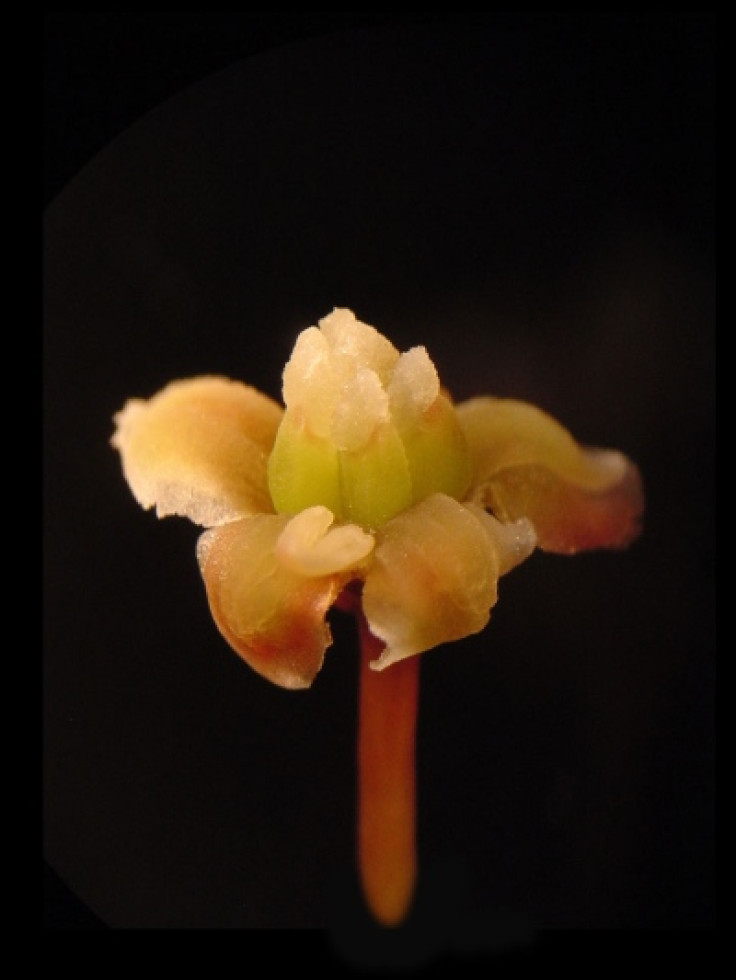Plant DNA Solves Darwin's Abominable Mystery

The newly sequenced DNA of a plant has solved a conundrum that has baffled scientists for hundreds of years: where do flowering plants come from?
Darwin's "abominable mystery" asked why flowers suddenly thrived on Earth millions of years ago. Now, thanks to the Amborella plant, that question has been answered.
Found on the main island of New Caledonia in the South Pacific, it is a small tree with white-ish yellow flowers.
Scientists from across the US sequenced the plant's genome and published a full description of the analysis in the journal Science.
They tell how the Amborella is the unique sole survivor of an ancient evolutionary lineage tracing back to the last common ancestor of all 300,000 species of flowering plants.
Victor Albert, from the University at Buffalo, said: "In the same way that the genome sequence of the platypus - a survivor of an ancient lineage - can help us study the evolution of all mammals, the genome sequence of Amborella can help us learn about the evolution of all flowers."

The scientists say the genome proves the Amborella is the ancestor of all flowering plants after a "genome doubling event" that took place around 200 million years ago. During this time, some duplicated genes were lost but others look on new functions, including the development of floral organs.
Claude dePamphilis, of Penn State University, said: "Genome doubling may, therefore, offer an explanation to Darwin's 'abominable mystery' - the apparently abrupt proliferation of new species of flowering plants in fossil records dating to the Cretaceous period."
Researchers say the discovery will help to understand genome changes in other flowering plants including crops, meaning farming could be improved.
This work provides the first global insight as to how flowering plants are genetically different from all other plants on Earth," said Brad Barbazuk, from the University of Florida said. "It provides new clues as to how seed plants are genetically different from non-seed plants."
© Copyright IBTimes 2024. All rights reserved.






